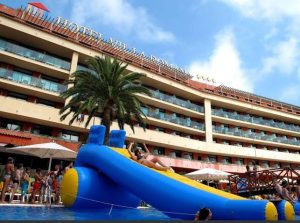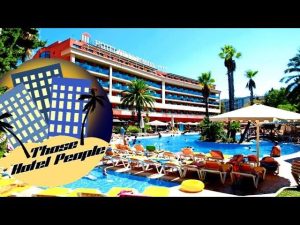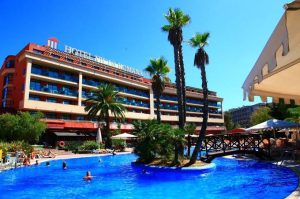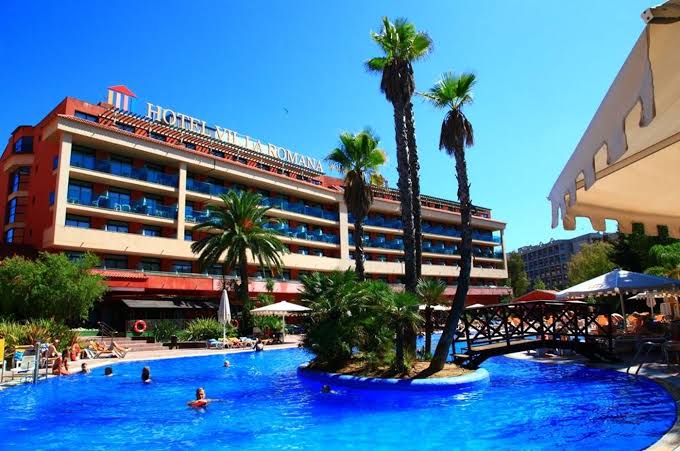Gladiator Reenactment at Villa Romana de Barenys
On Sunday, May 19, 2024, the Villa Romana de Barenys, one of Salou’s most iconic Roman archaeological sites, became the stage for a vibrant historical and cultural event. As part of the annual Tarraco Viva festival, attendees were treated to guided visits enriched with wine tastings, immersing them in the ancient Roman world .
The event spotlighted a powerful monologue by Carles Alcoy, setting the tone for an engaging gladiator reenactment. Participants dressed authentically, showcasing Roman discipline, combat traditions, and the narrative rituals of the arena. The performance brought myth and history to life, offering a visceral insight into gladiatorial life .

Salou’s Culture Councillor, Julia Gómez, expressed pride in the festival’s success and reaffirmed the municipality’s commitment to cultural heritage. She noted that these types of immersive experiences both preserve local identity and attract tourism—a testament to the villa’s ongoing cultural significance
The Villa Romana de la Burguera Site
In addition to Barenys, Salou is home to another significant Roman site: the Villa de la Burguera, located near the town entrance off the Vilaseca road. Excavated between 2000 and 2002, this complex served as an agricultural estate, primarily focused on wine production. It evolved from a stone-built granary into a fully functioning villa with baths, mills, and silos during the late Roman and early medieval period .
Today, many remains lie beneath the modern Villa Romana Hotel grounds—visible through the garden and public areas of the property, offering visitors a subtle but meaningful connection to Salou’s ancient past .
Cultural and Tourism Impact
This year’s gladiator event has highlighted a growing trend in blending archaeological preservation with cultural tourism. Rather than remain dormant, these historic sites are being revitalized:
The incorporation of wine tastings not only adds sensory richness but also underlines the villa’s original agricultural purpose.

The recreation of gladiatorial lifestyles offers visitors an immersive window into Roman social structures and entertainment forms.
Officials like Gómez emphasize such events as catalysts for heritage conservation, raising both public interest and funding opportunities.
Audience Engagement & Visitor Experiences
Residents and visitors alike responded positively to the performance, highlighting it as an engaging and educational experience. These events transform stone and soil into living history, fostering deeper connections with ancient Roman culture.
On-site, the faint outlines of mosaic fragments and foundational walls—especially around the Burguera hotel grounds—invite quiet reflective appreciation. Although smaller in scale, these remnants serve as powerful anchors to centuries of history.
Looking Ahead
Salou’s villa sites show a clear trajectory: evolving from archaeological relics to cultural landmarks that stimulate both tourism and education. Here are a few ways to engage:
Attend future Tarraco Viva events—they often include performances, tastings, and themed tours that bring the villas’ stories to life.
Explore the Villa de la Burguera during a stay at the Villa Romana Hotel to observe Roman foundations up close.
Combine heritage visits with beach days or trips to PortAventura for a well-rounded Salou itinerary.

Final Take
Salou’s Villa Romana de Barenys isn’t just a dig site—it’s a stage for living history. The recent gladiator reenactment and wine-infused guided tours—supported by local officials—demonstrate how historical research, cultural performance, and tourism can converge to breathe new life into ancient ruins. For visitors and locals alike, these events offer an enriched understanding and rekindled appreciation of Salou’s Roman roots.



